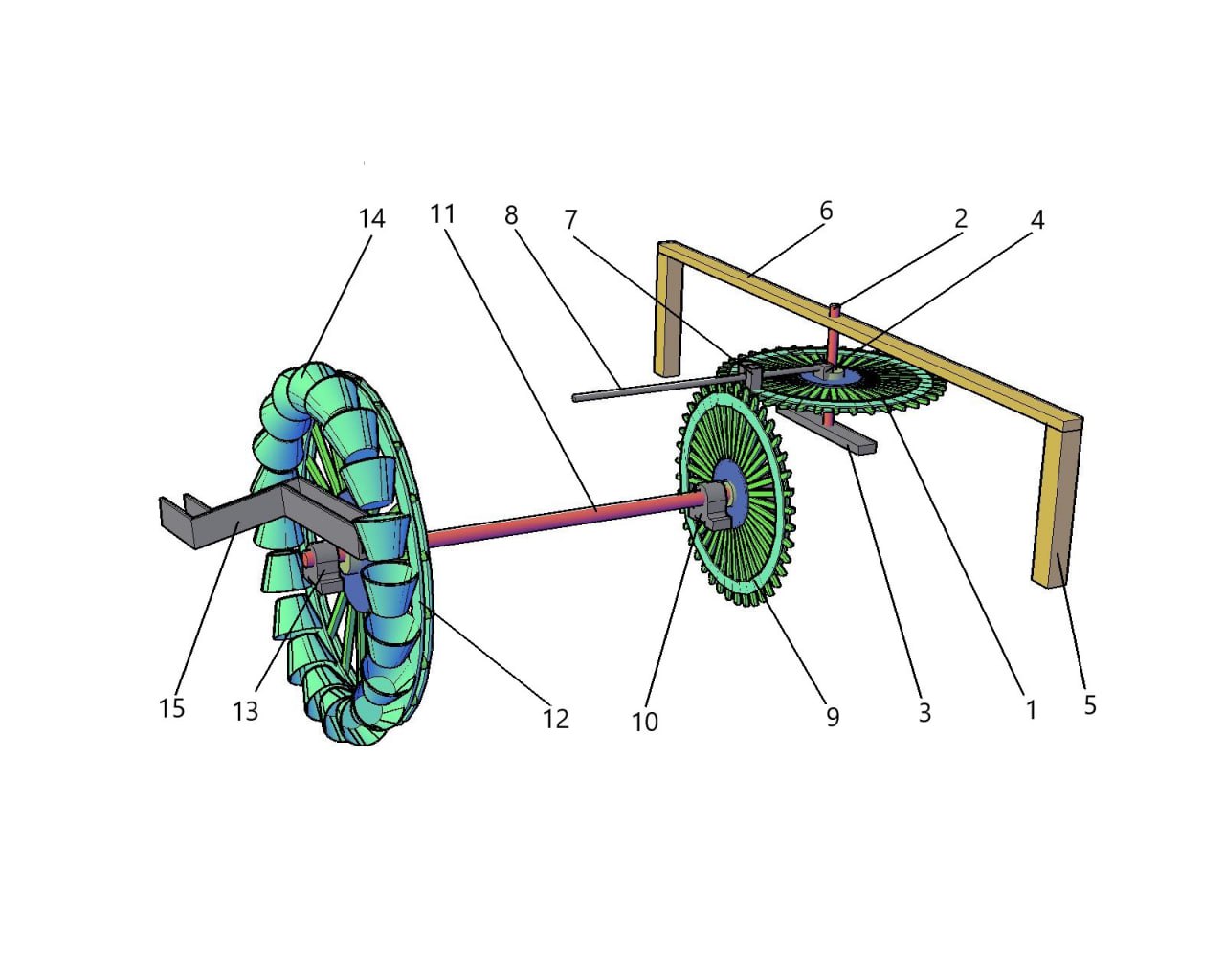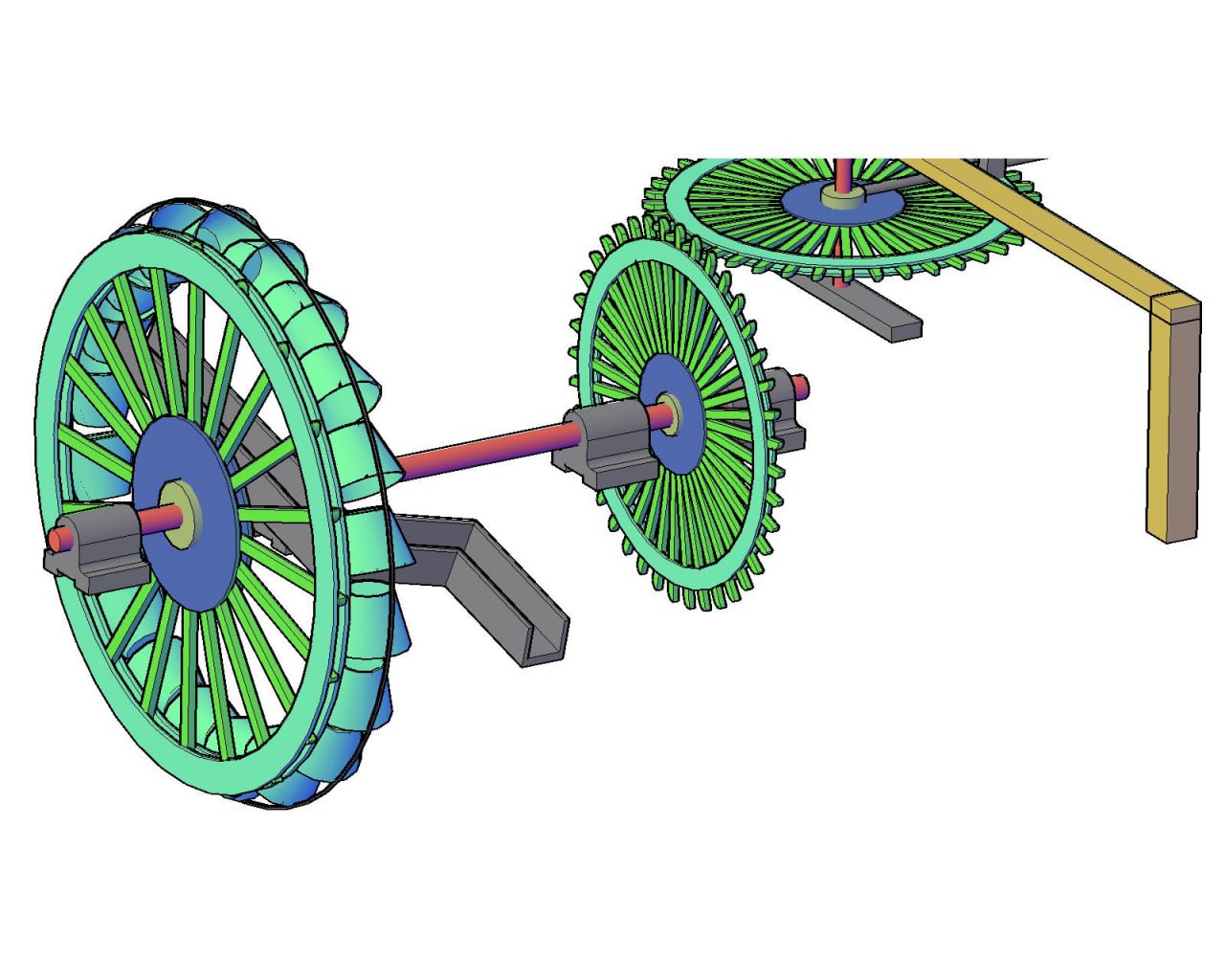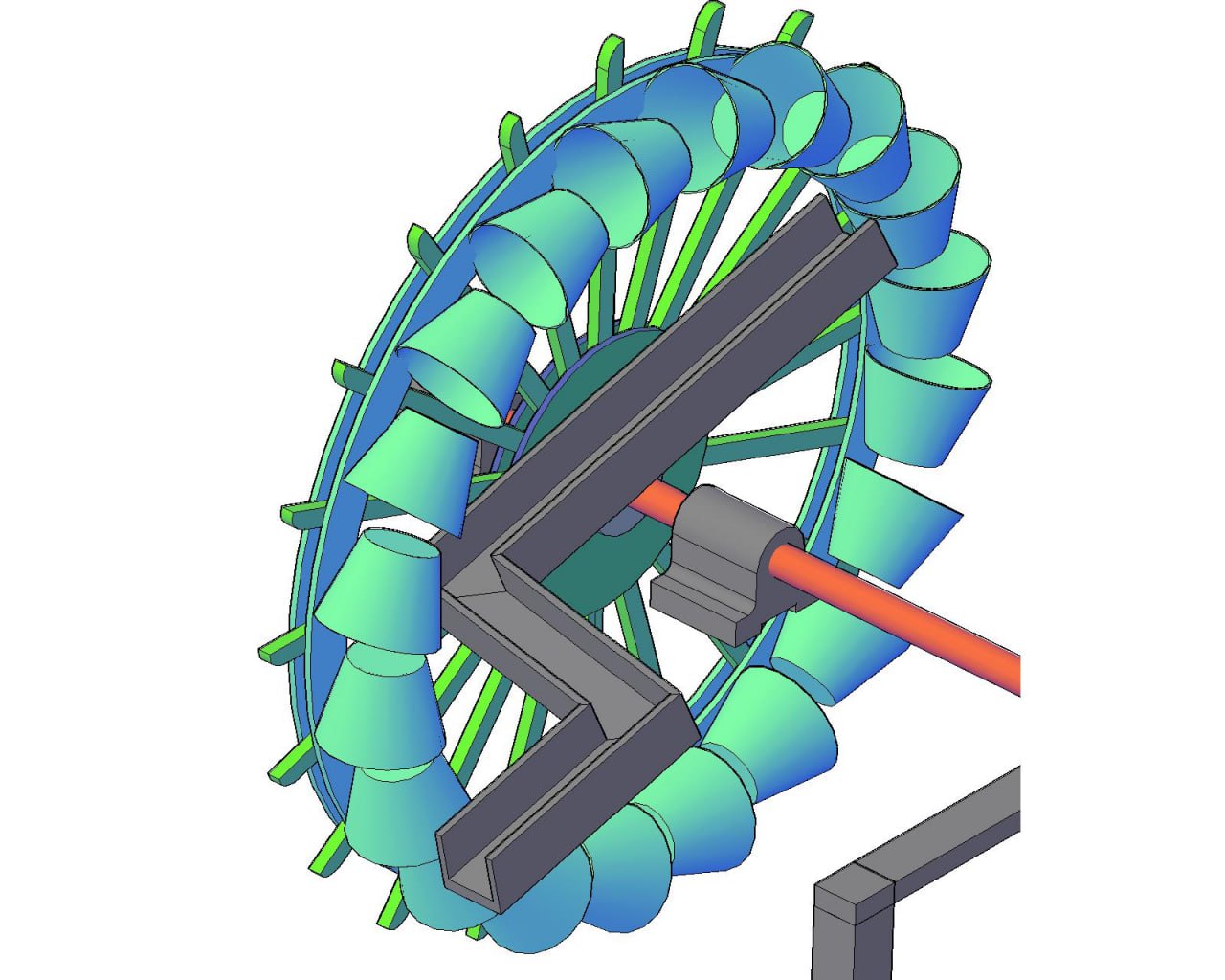In the exhibition of the Center of Islamic Civilization, not a model or replica, but an actual ancient water structure will be presented
As part of scientific and innovative projects aimed at enriching the exhibition of the Center of Islamic Civilization in Uzbekistan, work has begun on showcasing ancient water structures in a modern format. The exhibition focuses on the harmony of the past, present, and future, and each project is shaped based on an innovative approach to museology.
Interactive models of tools and equipment used in ancient irrigation systems are planned to be installed at the Center. This project is being implemented by a group of scientists under the leadership of Abduvohid Urazkeldiyev, Director of the Scientific Research Institute for Irrigation and Water Problems.
According to the institute’s junior researcher Javlon Kutlimurodov, the models will function in real-time, practically demonstrating to visitors how ancient irrigation systems operated.
“We have prepared various models of water structures as samples for the exhibition. They will be presented to the Center as exhibits. The models will function continuously – pumping and moving water on the spot. I believe this will spark great interest among visitors. After all, where there is water, there has always been development, and ancient water structures tell the story of that era’s civilization. Currently, we are discussing the dimensions and shapes of the models,” said Javlon Kutlimurodov.
In ancient times, the Khorezm region experienced water-related challenges. To address these, local scholars developed various hydraulic engineering structures. Solutions such as drawing water from the Amu Darya without dams, drainage systems, and irrigation canals played an important role in the region’s civilizational development. Ancient Greek, Roman, and Zoroastrian sources contain references to water structures in Khorezm. The works of scholars like Abu Rayhan al-Biruni and al-Khwarizmi also widely cover the Amu Darya basin and water systems.
The presence of ariqs (canals), water-lifting devices (chigirs), underground channels (kariz), and reservoirs (sardobas) in ancient Khorezm, and their use for irrigating agricultural lands, demonstrate the high level of development of hydromeliorative systems in the region. This historical heritage will be presented in the exhibition through interactive displays.
Most read

Over 100 experts from more than 20 countries of the world are in Tashkent!

The Center for Islamic Civilization – a global platform leading towards enlightenment

The museum of the Center for Islamic Civilization in Uzbekistan has been further enriched: unique artifacts from different parts of the world have been presented as gifts














